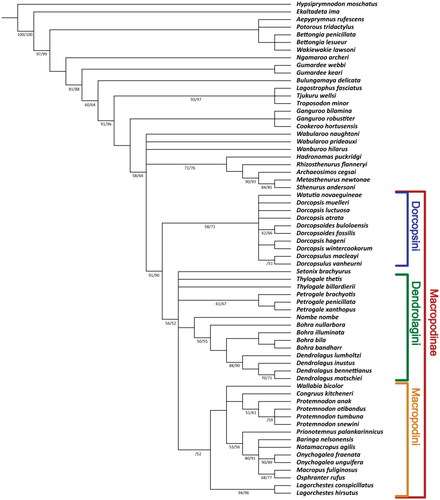Figures & data
Fig. 1. Map of significant fossil localities mentioned in the text with epoch designated by symbol. LF = local fauna.
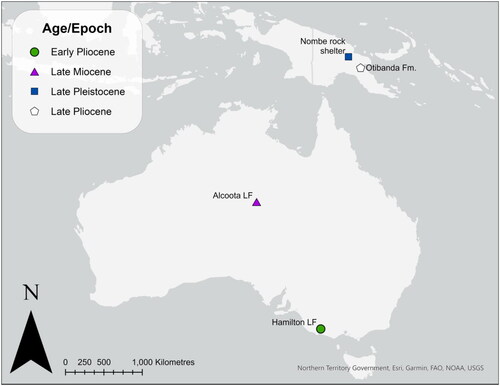
Fig. 2. Left P3–M4 of A, Dorcopsis luctuosa specimen ANWC CM3646 and B, Dorcopsoides fossilis specimen ‘ASP8810’, in occlusal view; C–E, left P3–M3 of Dorcopsoides buloloensis referred specimen NHMD 193273 in occlusal, lingual and buccal views; F–H, left I1 in anterior, medial and lateral views; and I–K, right M4 in occlusal, lingual and buccal views; L–N, left M3 of D. buloloensis referred specimen NHMD 193282 in occlusal, buccal and lingual views; and O–Q, left P3–M4 of Watutia novaeguineae holotype in occlusal, lingual and buccal views.
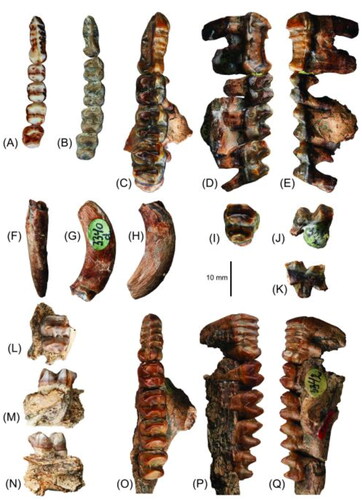
Fig. 3. Left p3–m4 of A, Dorcopsis luctuosa specimen C M3646 and B, Dorcopsoides fossilis specimen FU 0356, in occlusal view; C–E, left p3 and m2–4 of Dorcopsoides buloloensis referred specimen NHMD 193280 in occlusal, buccal and lingual views; F–H, M2 and partial M3; and I–K, right i1 of D. buloloensis referred specimen NHMD 193282 in occlusal, lingual and buccal views.
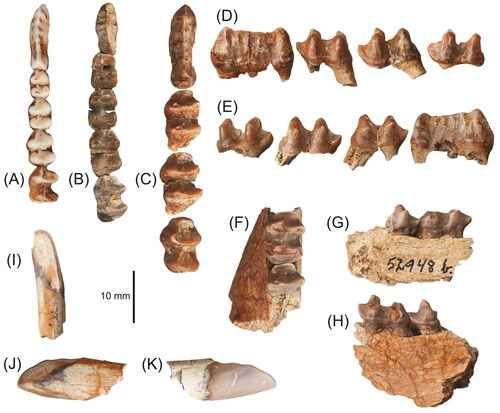
Table 1. Dimensions in millimetres of permanent upper cheek teeth of specimens of Dorcopsoides buloloensis and Dorcopsoides fossilis.
Table 2. Dimensions in millimetres of permanent lower cheek teeth of specimens of Dorcopsoides buloloensis and Dorcopsoides fossilis.
Fig. 4. Partial lower dentaries in A, D, G, occlusal; B, E, H, buccal; and C, F, I, lingual views. A–C, Partial right dentary of D. buloloensis NHMD 193278 with p3–m4; D–F, scan image of cast of partial left dentary of D. buloloensis holotype CPC 6774 (cast registered as AM F2297) with i1 and p3–m2; and G–I, partial right dentary of Watutia novaeguineae NHMD 193266 with p3–m4.
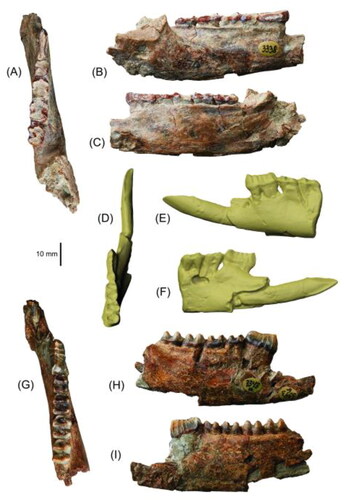
Fig. 5. Strict consensus of 220 most parsimonious trees showing the evolutionary relationships of members of the tribe Dorcopsini within Macropodidae. Subfamily Macropodinae and the three contained tribes are indicated by brackets on the right. Where node support from bootstrapping and jackknifing is greater than 50, this is indicated by the numbers on the branch to the left of the node (bootstrapping/jackknifing).
